
John Foster|Accidental Mysteries
October 24, 2014
Behind the Plate
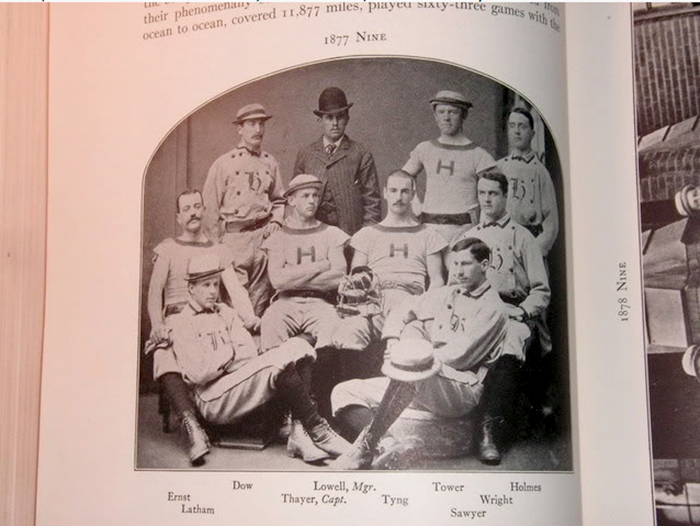
The 1877 Harvard baseball team
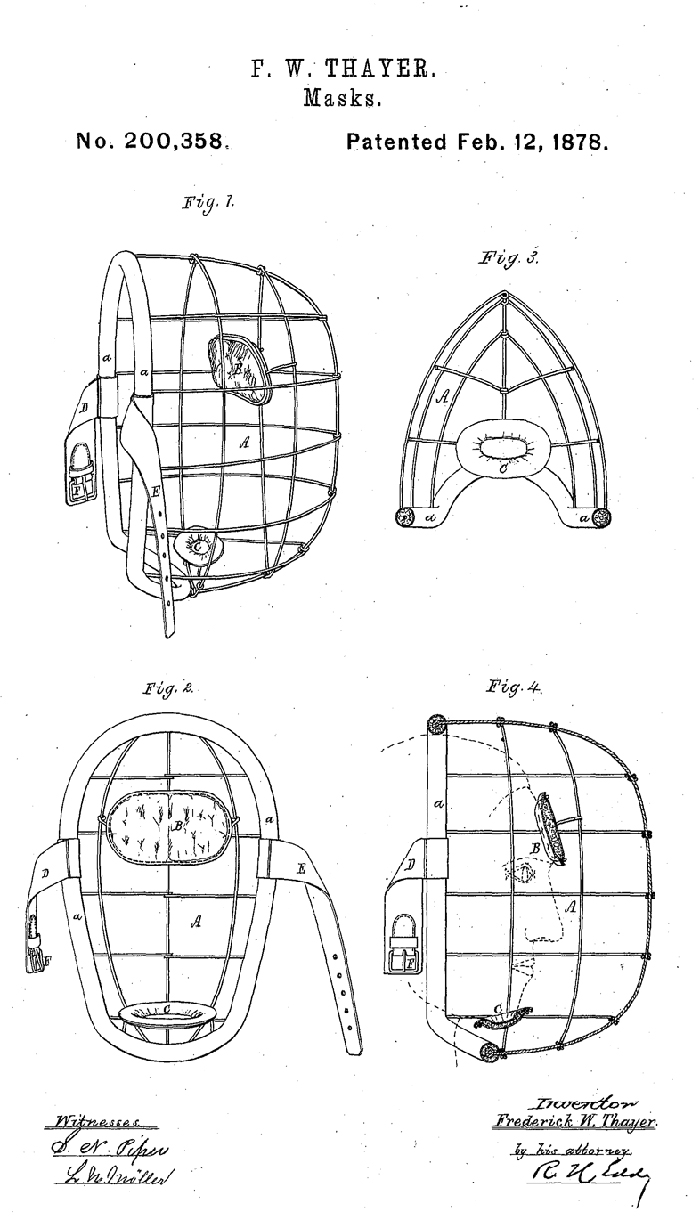
However, the development met with favor from the Harvard Crimson, when they wrote:
The new mask was proved a complete success, since it entirely protects the face and head and adds greatly to the confidence of the catcher, who need not feel that he is every moment in danger of a life-long injury. To the ingenious inventor of this mask we are largely indebted for the excellent playing of our new catcher, who promises to excel the fine playing of those who have previously held this position.

While some catcher’s masks still retain a look similar to ones from long ago (as the one Erik Kratz of the Kansas City Royals is sporting these days), the newest full head, hockey-style masks some catchers choose to use today are growing in popularity, including with Buster Poesy, of the San Francisco Giants (and if you were wondering who the first MLB player was to wear one of these, it was Charlie O’Brien, in 1997, while he was with the Toronto Blue Jays).

Baseball card featuring Silver Flint

A mask from the 1890s

An 1890s-era elongated cage spiderman catcher’s mask

Spiderman mask, 1905 | Image courtesy of American Primitive Gallery, NY
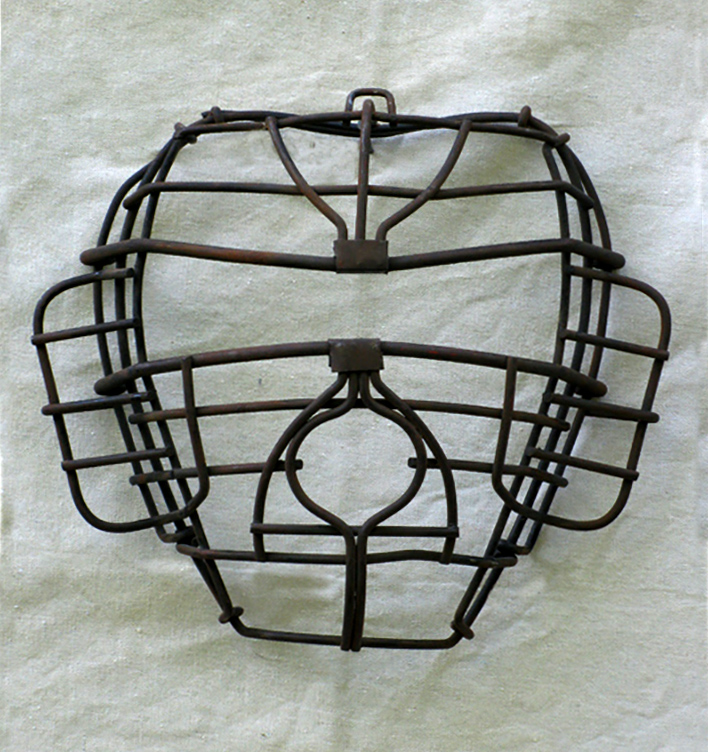
A spitter style mask, 1930s | Image courtesy of American Primitive Gallery, NY
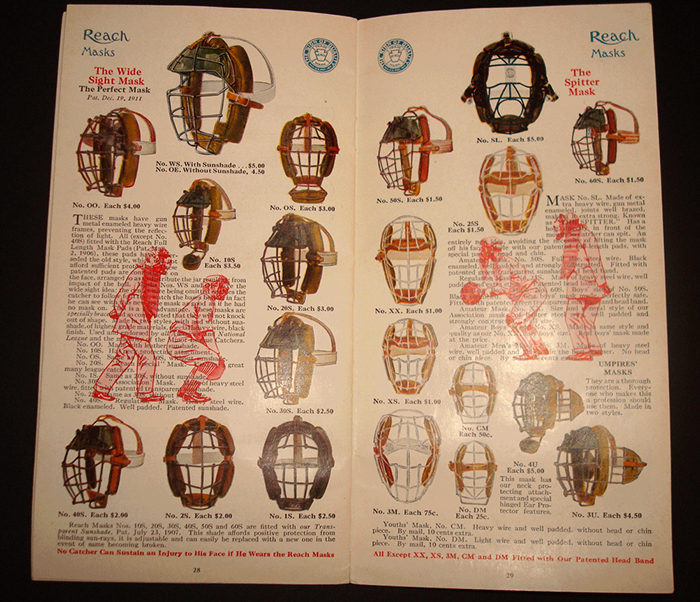
A. J. Reach baseball equipment catalog, 1914

Goldsmith catalog, 1915
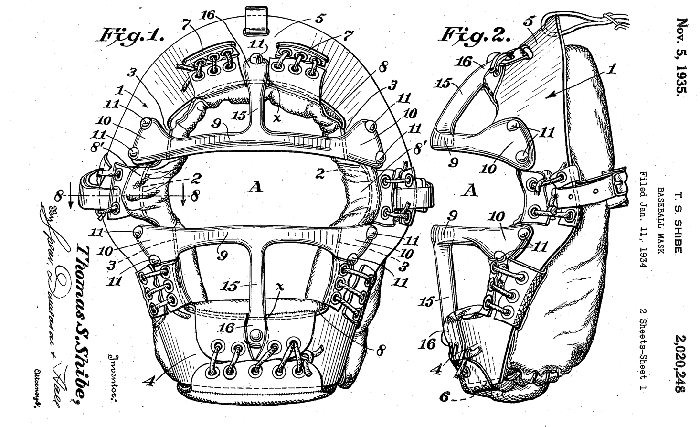

Patent drawing, 1934
Boston Bee’s catcher Al Lopez in 1936
Vintage 1960s hybrid mask/helmet made by MacGregor Sporting Goods
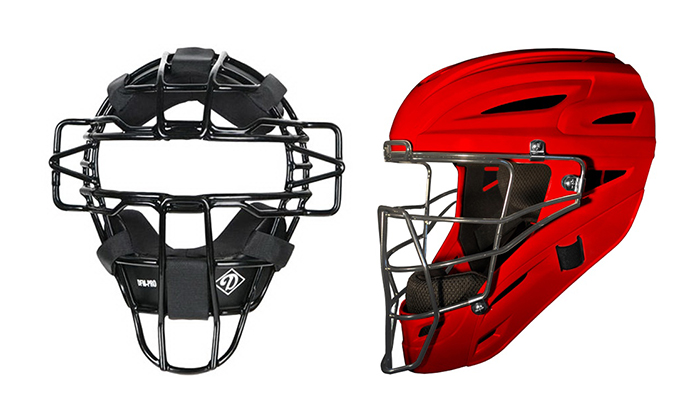
Masks today can retain the old look and are preferred by many catchers, but some like these hockey-style masks provide added safety
Observed
View all
Observed
By John Foster
Related Posts
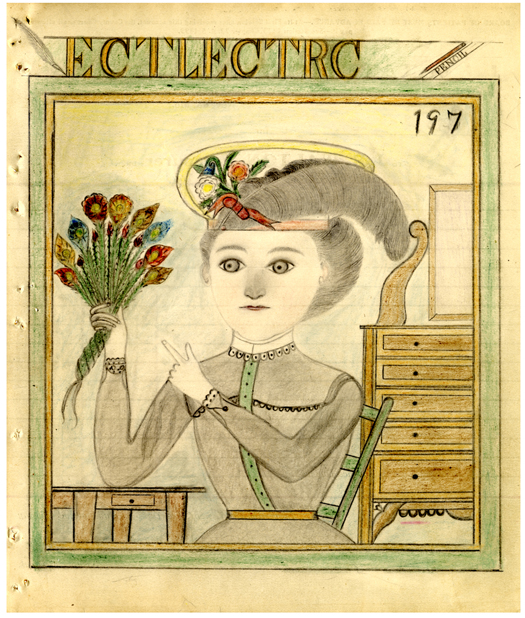
Accidental Mysteries
John Foster|Accidental Mysteries
The Remarkable Mr. Deeds
.jpg)
John Foster|Accidental Mysteries
Doug Rickard: N. A.
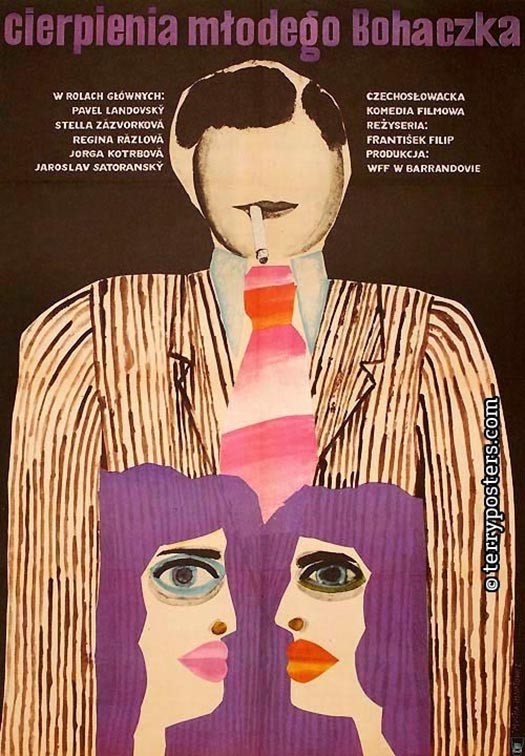
Accidental Mysteries
John Foster|Accidental Mysteries
An Archive of Czech Film Posters

Accidental Mysteries
John Foster|Accidental Mysteries
A Visual History of Lunchboxes
Recent Posts
Make a Plan to Vote ft. Genny Castillo, Danielle Atkinson of Mothering Justice Black balled and white walled: Interiority in Coralie Fargeat’s “The Substance”L’Oreal Thompson Payton|Essays
‘Misogynoir is a distraction’: Moya Bailey on why Kamala Harris (or any U.S. president) is not going to save us New kids on the bloc?Related Posts

Accidental Mysteries
John Foster|Accidental Mysteries
The Remarkable Mr. Deeds
.jpg)
John Foster|Accidental Mysteries
Doug Rickard: N. A.

Accidental Mysteries
John Foster|Accidental Mysteries
An Archive of Czech Film Posters

Accidental Mysteries
John Foster|Accidental Mysteries

 John Foster and his wife, Teenuh, have been longtime collectors of self-taught art and vernacular photography. Their collection of anonymous, found snapshots has toured the country for five years and has been featured in Harper’s, Newsweek Online and others.
John Foster and his wife, Teenuh, have been longtime collectors of self-taught art and vernacular photography. Their collection of anonymous, found snapshots has toured the country for five years and has been featured in Harper’s, Newsweek Online and others.